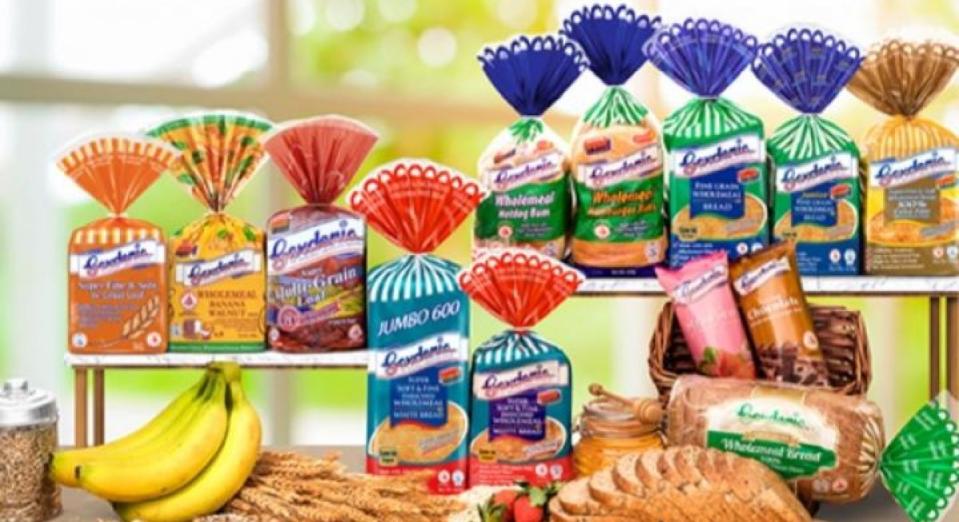CGS-CIMB takes a closer look at QAF in an unrated report

QAF has steadily grown its bakery revenue at 6.1% CAGR since FY2017, the analyst highlights.
CGS-CIMB Research analyst Kenneth Tan has undertaken a preliminary assessment of QAF Ltd in an unrated report dated Nov 24.
In the report, Tan highlights that QAF is Singapore’s largest packaged bread manufacturer as at end-2021, citing consumer intelligence firm NielsenIQ.
QAF operates two key business segments, namely bakery as well as distribution and warehousing. It owns several renowned bakery brands including Gardenia and Bakers Maison, enjoying leading market share in Singapore, Malaysia and the Philippines as at end-2021.
Since FY2017 ended December, QAF has steadily grown its bakery revenue at 6.1% CAGR. The segment’s revenue spiked 14% y-o-y in FY2020 due to its heightened bakery products demand arising from Covid-19 restrictions across Asia.
The bakery segment enjoys higher ebit margins of about 8% (FY2017-FY2021 average) as compared to the company’s distribution and warehousing segment of c.3% (FY17-21 average).
Tan notes that QAF predominantly sells its products via physical retailers such as supermarkets and groceries, but has steadily grown its presence on online channels since the onset of the pandemic in 2020.
When it comes to key challenges, Tan points out that QAF has shut one of its Malaysia-based factories in December 2021 due to severe flooding from torrential rainfall. The company is still in the process of reinstating the damaged production lines at the affected factory, he adds.
QAF is also facing the challenge of elevated flour prices. In its 1HFY2022 results, QAF highlighted that flour costs remain particularly high due to the ongoing Russia-Ukraine conflict — according to its FY2021 annual report, Russia and Ukraine together account for about 29% of global wheat exports.
According to QAF’s 1HFY2022 results announcement, the company intends to mitigate the impact of rising costs via adjustments to product mix and pricing and managing discretionary costs.
In 1HFY2022, QAF had significantly improved its net gearing to 0.36x (compared to 0.1x as of end-FY2021) due to proceeds received from the disposal of its primary production business. QAF completed the divestment of its primary production business on Jan 4, with total proceeds amounting to $156 million.
The company remains in a net cash position of $179 million as at end-June, Tan notes. “The group has paid out a consistent annual dividend of 5 cents since FY2011; a special dividend of 2 cents was paid in February 2022. QAF currently trades at a historical FY2021 P/E of 21x and P/BV of 0.9x,” Tan says.
As at 10.56am, shares in QAF are trading 0.5 cents higher or 0.6% up at 83 cents.
See Also:
Click here to stay updated with the Latest Business & Investment News in Singapore
Analysts mixed on Frencken’s outlook following 3QFY2022 earnings miss
CGS-CIMB lowers China Sunsine's TP to 60 cents due to potentially weaker FY2023
Get in-depth insights from our expert contributors, and dive into financial and economic trends

 Yahoo Finance
Yahoo Finance 